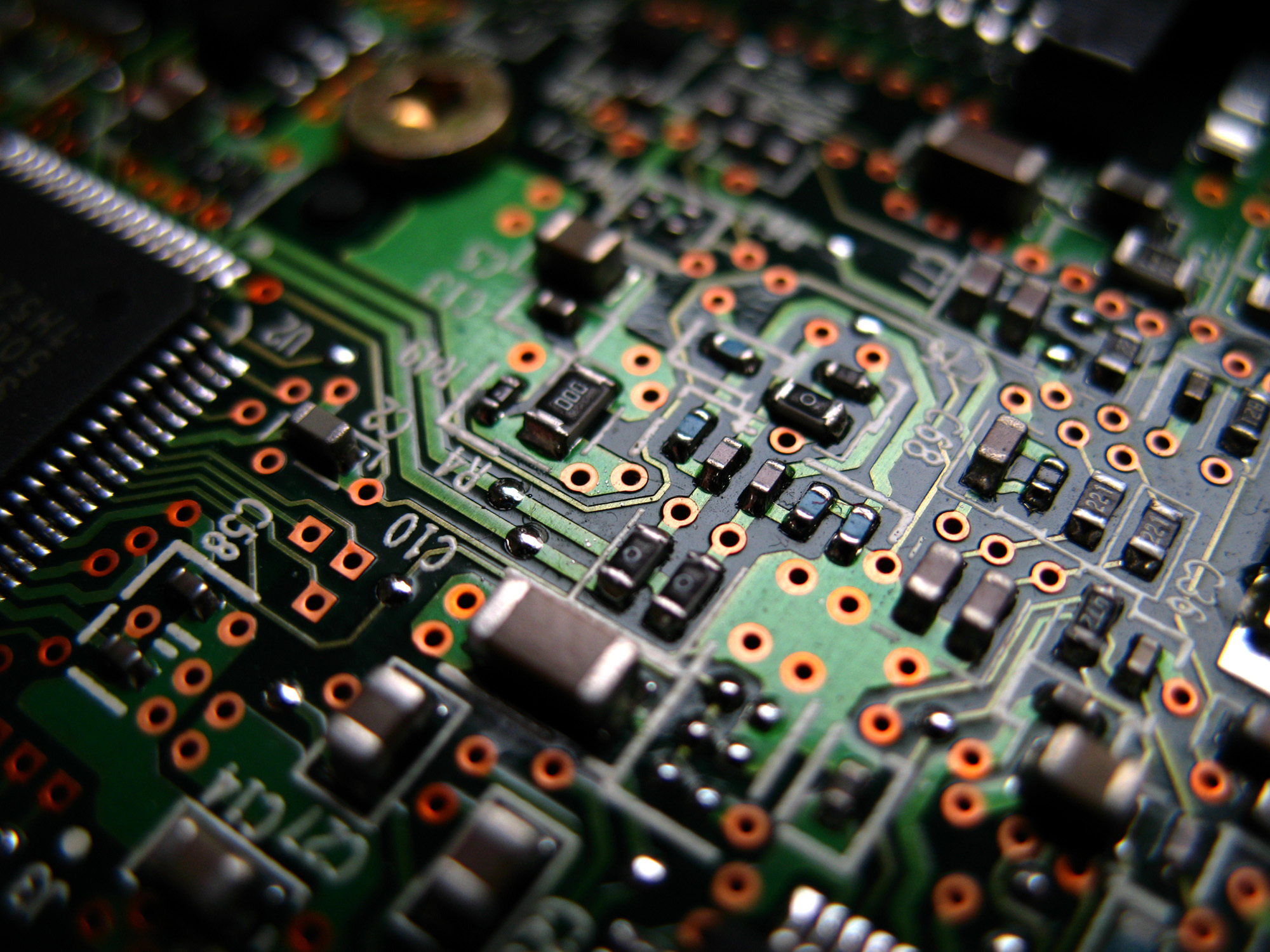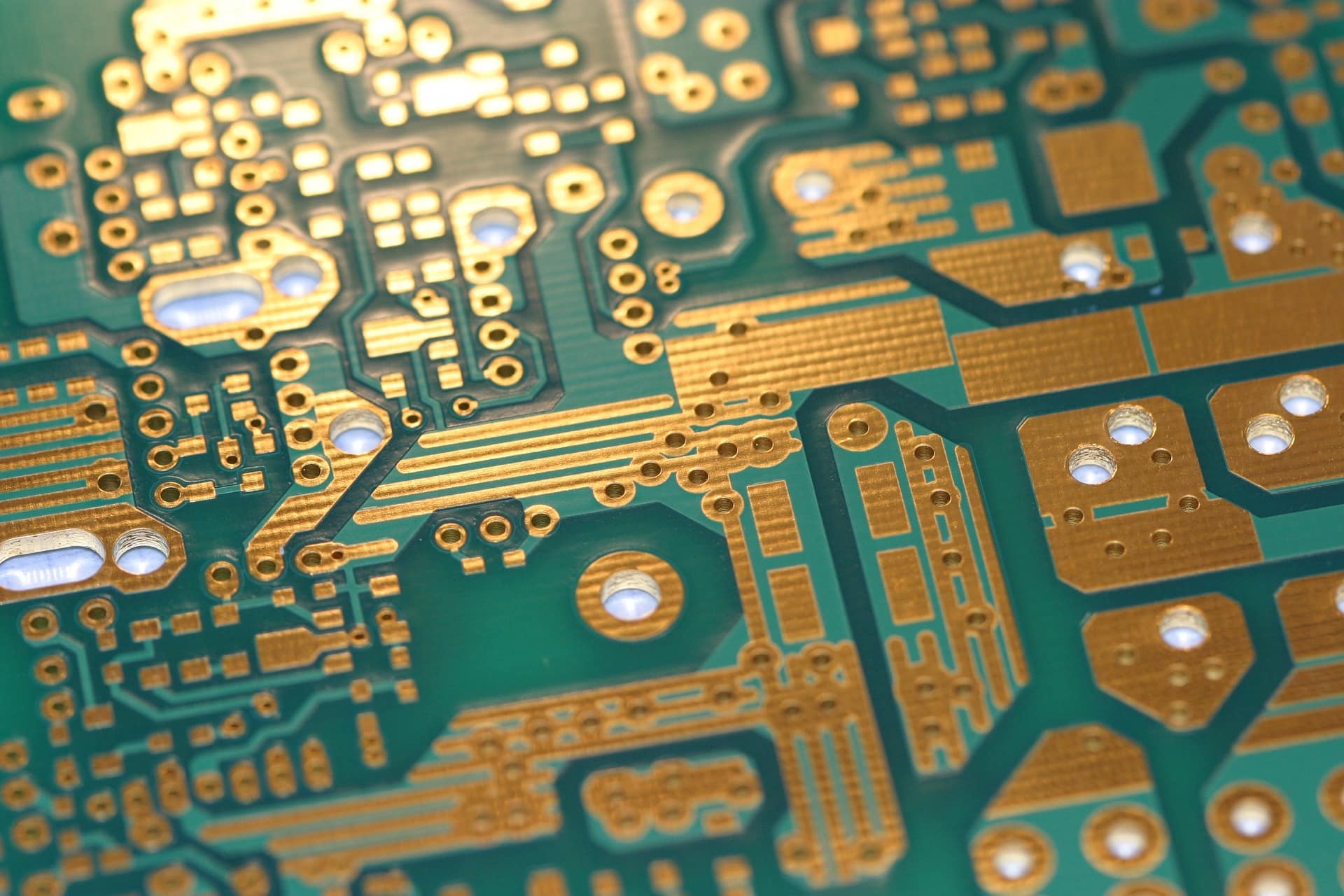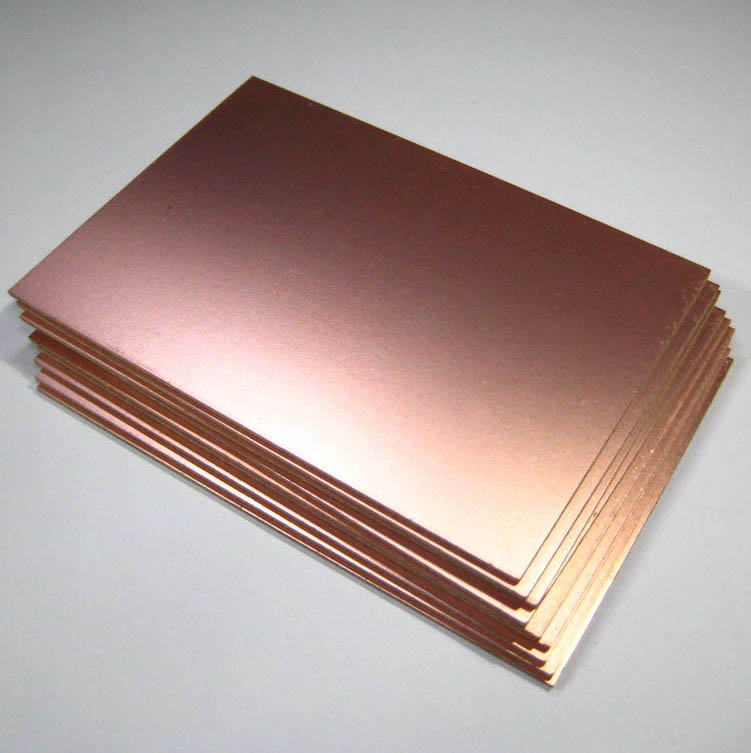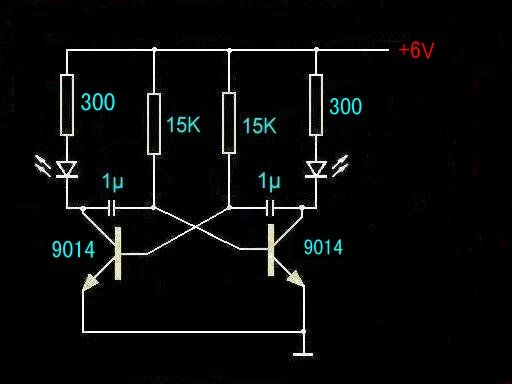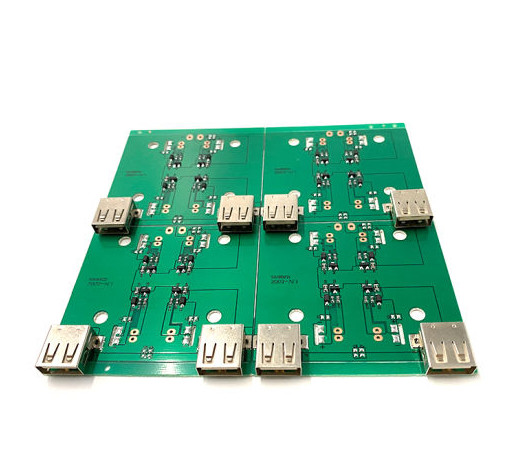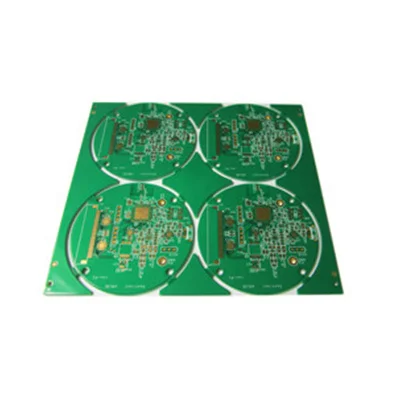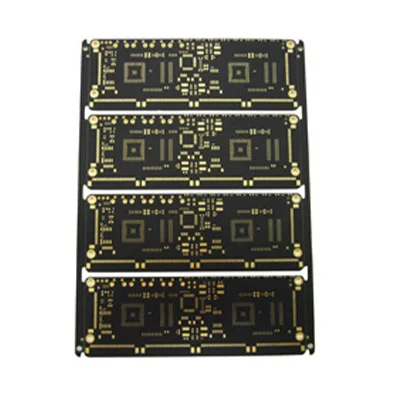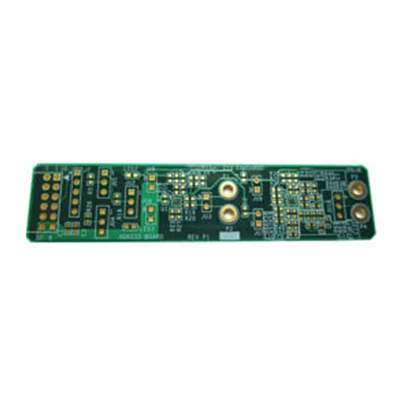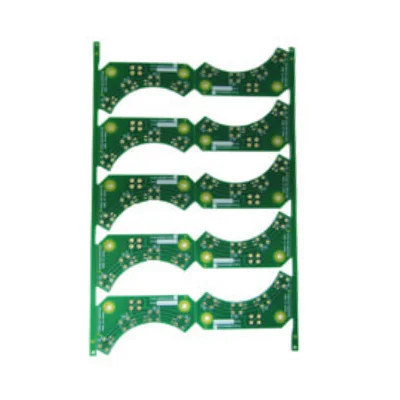Basic knowledge of printed circuit board PCB
Basic knowledge of printed circuit board PCB
1. Printed circuit board (PCB)
PCB is the abbreviation of Printed Circuit Board (Printed Circuit Board). Also known as printed circuit board, printed circuit board, because it is made by electronic printing, it is called "printed" circuit board. A printed circuit board is a substrate for assembling electronic components, and is a printed board that forms point-to-point connections and printed components on a general-purpose substrate according to a predetermined design. The main function of this product is to make various electronic components form a predetermined circuit connection and play the role of relay transmission. It is the key electronic interconnection of electronic products and is known as the "mother of electronic products". As the substrate and key interconnection of electronic parts, PCB is required for any electronic equipment or products.
2. The manufacturing principle of PCB
When we open the keyboard of a general-purpose computer, we can see a soft film (flexible insulating substrate), printed with silver-white (silver paste) conductive patterns and key patterns. Because this kind of pattern is obtained by the general screen printing method, we call this printed circuit board a flexible silver paste printed circuit board. However, the various computer motherboards, graphics cards, network cards, modems, sound cards and printed circuit boards on household appliances that we saw in the computer city are different. The base material it uses is made of paper base (often used for one side) or glass cloth base (often used for double-sided and multi-layer), pre-impregnated with phenolic or epoxy resin, one or both sides of the surface layer are glued with copper clad film and then laminated and cured made. This kind of circuit board copper clad sheet, we call it a rigid board. Then make a printed circuit board, we call it a rigid printed circuit board. We call single-sided printed circuit boards with printed circuit patterns on one side, and printed circuit boards with printed circuit patterns on both sides, and then the printed circuit boards formed by double-sided interconnection through metallization of holes are called double-sided boards. If a printed circuit board with one double-sided inner layer and two single-sided outer layers or two double-sided inner layers and two single-sided outer layers is used alternately through the positioning system and insulating bonding materials and The printed circuit boards in which the conductive patterns are interconnected according to the design requirements become four-layer and six-layer printed circuit boards, also known as multilayer printed circuit boards. Now there are more than 100 layers of practical printed circuit boards.
3. PCB production process
The production process of PCB is relatively complicated, and it involves a wide range of processes, from simple mechanical processing to complex mechanical processing, common chemical reactions, photochemical, electrochemical, thermochemical and other processes, computer-aided design CAM and other knowledge . Moreover, there are many technological problems in the production process and new problems will be encountered from time to time, and some problems will disappear without finding out the cause. Since the production process is a discontinuous assembly line, any problem in any link will cause the entire line to stop production Or the consequences of a large number of scrapping. If the printed circuit board is scrapped, it cannot be recycled and reused. The work pressure of process engineers is relatively high, so many engineers leave this industry and go to printed circuit board equipment or material suppliers to do sales and technical services. .
![» Introduction to PCB Design July 11 / PCB电路板设计入门 7月11号 新车间 [XinCheJian]](https://xinchejian.com/wp-content/uploads/2015/07/pcb.jpg)
The substrate of the board itself is made of insulating and heat-insulating material that is not easy to bend. The small circuit material that can be seen on the surface is copper foil. Originally, the copper foil covered the entire board, but in the manufacturing process part It is etched away, and the remaining part becomes a network of fine lines. These lines are called conductors.
pattern) or wiring, and is used to provide circuit connections for parts on the PCB.
In order to fix the parts on the PCB, we solder their pins directly to the wiring. On the most basic PCB (single panel), the parts are concentrated on one side, and the wires are concentrated on the other side. In this way we It is necessary to make holes on the board so that the pins can pass through the board to the other side, so the pins of the parts are soldered on the other side. Because of this, the front and back sides of the PCB are called the component side (Component
Side) and welding surface (Solder Side).
If there are some parts on the PCB that need to be removed or put back after the production is completed, then the socket (Socket) will be used when installing the part. Since the socket is directly welded on the board, the parts can be disassembled and assembled arbitrarily .
If two PCBs are to be connected to each other, we generally use edge joints commonly known as "golden fingers".
connector). The gold finger contains many exposed copper pads, which are actually part of the PCB wiring. Usually, when connecting, we insert the gold finger on one of the PCBs into the appropriate slot on the other PCB (Generally called the expansion slot Slot). In the computer, such as a display card, sound card or other similar interface cards, are connected to the motherboard by golden fingers.
The green or brown on the PCB is the solder resist paint (solder
The color of the mask). This layer is an insulating protective layer that can protect the copper wire and prevent parts from being soldered to incorrect places. A layer of silk screen printing (silk) will be printed on the solder mask
screen). Usually, text and symbols (mostly white) are printed on it to mark the position of each part on the board. The screen printing surface is also called the icon surface (legend).
The printed circuit board etches the complex circuit copper wires between parts and parts on a board after careful and neat planning, providing the main support for electronic components during installation and interconnection, and is indispensable for all electronic products basic parts.
A printed circuit board is a flat plate made of non-conductive material, on which there are usually pre-drilled holes designed to install chips and other electronic components. The holes of the components help to electronically connect the pre-defined metal paths printed on the board. After the pins of the electronic components pass through the PCB, they are then adhered to the PCB with conductive metal welding rods to form a circuit.
- Previous:10-layer Rigid immersion gold PCB
- Next:No

